From the kitchen countertop to the shower walls, marble is an elegant and durable material for your home. But when it comes to drilling into this hard stone, many homeowners are left stumped on how to do it without cracking or chipping. Don’t worry – in this definitive guide, you’ll find all the information and tips you need on drilling marble without any cracks or chips!
Steps on How to Drill Marble
Here are the steps you should follow to drill into marble without cracking it.
Gather Necessary Things
In preparation for drilling marble, you’ll need to gather the supplies and tools needed. You will need a drill bit that is specifically designed for use on marble – one made of high-speed steel or carbide is best. Additionally, make sure you have an adequate amount of lubrication, such as water-based coolant, to keep the surface temperature of the marble at a reasonable level. Finally, you’ll need something to keep the area around the drill clean and dust-free, such as paper towels or a vacuum cleaner. Having these items on hand will make drilling your marble project much easier.

Use Masking Tape to Stop the Drill Slipping
Drilling into marble safely requires more than just the right tools. You need to make sure your drill does not slip while you’re working. Using masking tape is a quick and easy way to ensure your drill doesn’t move around. Place the tape on both sides of the area you want to drill, so that it covers part of the marble and part of the drill. This will not only keep your drill from slipping, it will also absorb some of the dust created when you’re drilling.
Choose a Suitable Drill Bit
When it comes to drilling marble without cracking, the most important piece of advice is to choose a suitable drill bit. Conventional steel bits are not suitable for this job and can end up damaging the stone. Instead, you should opt for diamond-tipped or carbide-tipped drill bits that are designed specifically for use with hard materials such as marble.
Diamond Tipped Bit
A diamond-tipped drill bit is the best choice for drilling into marble as it can withstand higher temperatures and pressure than a conventional steel bit. This type of bit will produce smooth, clean holes with minimal effort. However, remember that they require more power to operate and can be expensive compared to other types of drill bits.

Carbide Tipped Bit
Core Bit
If you’re looking for an even faster and more efficient way to drill into marble, then a core bit is the ideal solution. This type of bit works by spinning rapidly to cut through the marble, producing a cylindrical hole as it goes. Core bits are especially useful when drilling large holes in thick marble slabs, but they can be expensive and require a powerful drill to operate.
Spade Bit
A spade bit is a great option for drilling smaller holes in marble. They are easy to use and relatively inexpensive, making them a popular choice among DIYers. However, they are unsuitable for larger holes as they require more power than core or diamond-tipped drill bits.
Clean the Workplace
Before beginning the drilling process, it is important to make sure that the workspace is clean and free of any debris. This should be done with a cloth or brush specifically designed for cleaning marble surfaces. Take care not to scratch the surface of the marble while cleaning as this can lead to cracking during drilling. Additionally, be sure that the drill itself is clean and free of any dirt or debris. Any dust on the drill bit can cause it to slip and potentially damage the marble surface.
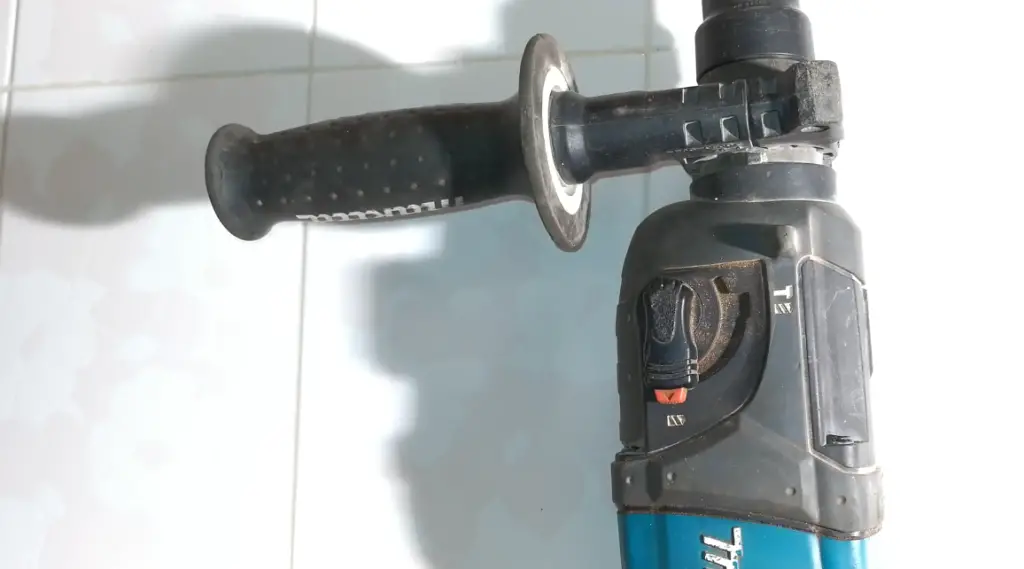
Wear the Protective Gear
When drilling in marble, there is a risk of flying chips and dust. To prevent eye injuries or inhalation of particles, it is important to wear the appropriate safety gear, such as protective glasses or goggles, face mask, heavy gloves and an apron. It is also essential that you put on ear protection if drilling for extended periods of time. Make sure to always keep a clean work area and move away any flammable material.
Drill a Small Dimple Into the Marble
Most experienced marble drillers agree that the best way to prevent cracking is to start by drilling a small dimple into the marble before putting any pressure on the drill bit. This makes it easier for the drill bit to find and stay in place, thereby preventing chipping or cracking.
It’s important to install a pilot hole first with a bit that is at least one size smaller than the actual drill bit you plan to use. If possible, use a diamond-tipped masonry drill bit for the pilot hole since it will last longer and be more resistant to cracking.
Start Drilling the Hole
Drilling a hole in marble can seem daunting, but with the right tools and safety precautions, it can be done safely and successfully. To start drilling your hole in marble, make sure you have all the necessary supplies:
- A good quality masonry drill bit; one that is made from carbide and is rated for use on hard stone like marble.
- A variable speed drill.
- Protective eyewear and gloves.
- Water or oil, to help keep the drill bit cool during drilling.
- A good quality hammer drill (optional).
Once you have all the supplies ready, it’s time to start drilling! When drilling into marble, there are a few important points to keep in mind.
- Always start with a smaller bit and work your way up to the size you need, as marble is very hard and using a large bit can cause it to crack.
- Ensure that the drill bit is well lubricated by using either water or oil while drilling.
- Use gentle pressure when drilling, as the marble is brittle and too much pressure can cause it to crack.
- Once you’ve drilled part way through the marble, switch to a hammer drill for the last few inches of drilling to avoid any chipping or cracking.
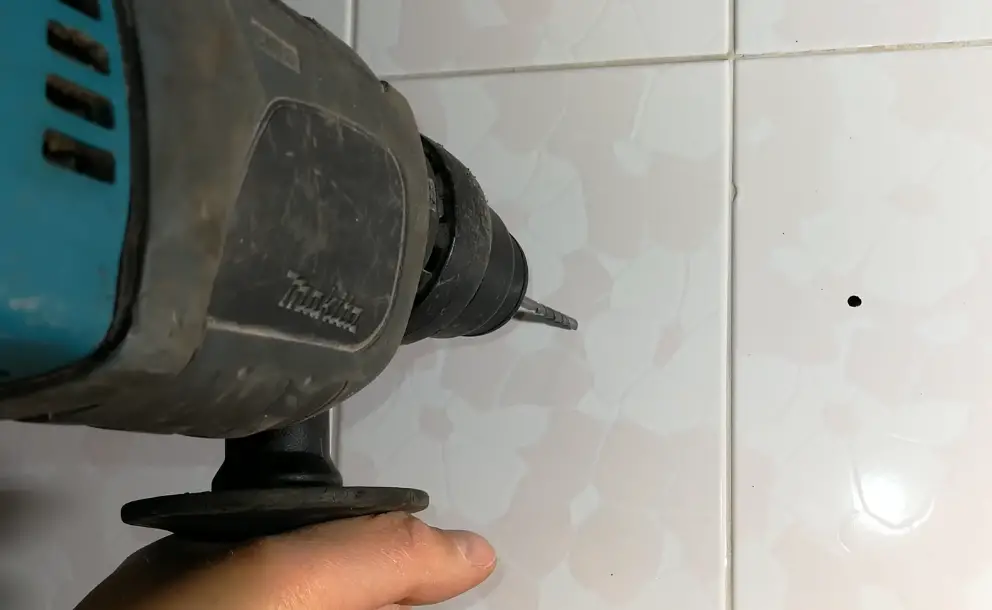
Keep the Drill Bit Wet and Complete the Drilling
You should also drill slowly and steadily, making sure to go at a steady speed and apply even pressure across the entire surface of the marble. It’s best to start with a slow speed and gradually increase it until you get used to the feel of the drill bit. Doing so will help to prevent any sudden cracks from appearing.
Last but not least, keep an eye on the drill bit and stop drilling if it starts to look worn or dull. Use a sharp drill bit so as to avoid any excessive pressure that might cause cracks in your marble surface. Replace your drill bit after every use for the best results. [1]
Take It Slow and Steady
When drilling marble, speed is not your friend. Instead, take it slow and steady when you’re drilling through the stone. You don’t want to rush it because that can cause cracking. A slower pace will give you a much better chance of success in getting through the marble without any cracks or chips.
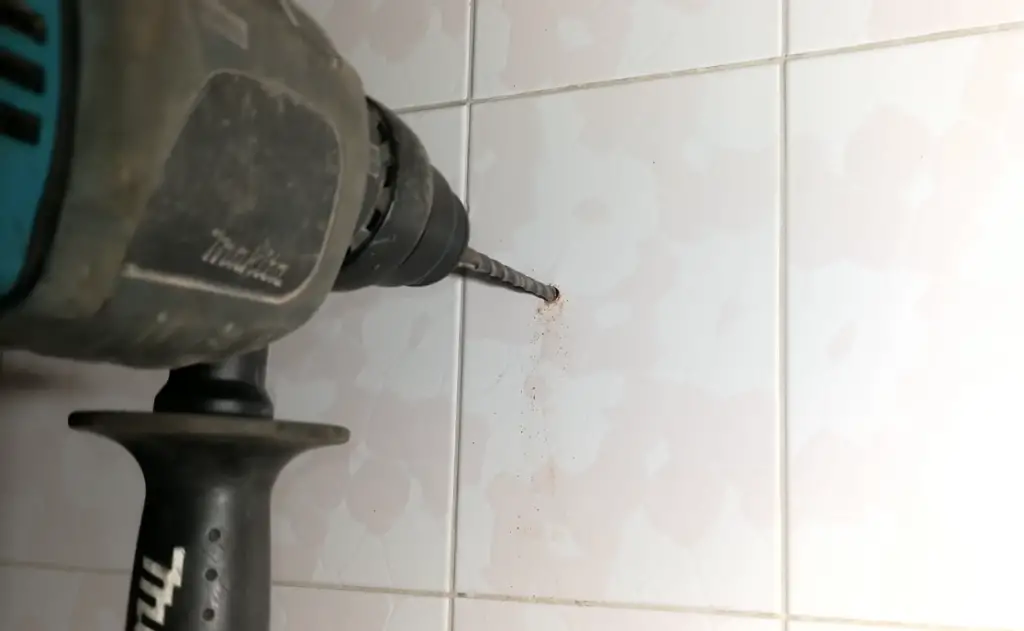
FAQ
How do you drill through marble without cracking it?
The best way to drill through marble without cracking it is to use a diamond-tipped core bit with water lubrication. This prevents the marble from becoming too hot and dissipates the heat so that cracks are less likely to form. Additionally, you should always keep a steady pressure while drilling at no more than 600 RPM. It’s also important to start with a small pilot hole in the center of the surface to be drilled, so that your bit will enter at an even angle. Finally, use a drilling speed appropriate for the hardness of the material being drilled; slower speeds are better for harder materials like marble. [2]
What kind of drill bit do you use on marble?
In general, a carbide-tipped masonry drill bit should be used for all types of stone such as marble and granite. For softer stones like limestone or travertine, you can also opt for diamond-tipped bits that will last longer. However, these types of drill bits can be more expensive, and they should not be used when drilling into harder stones such as marble.
When using a carbide-tipped masonry bit for marble, it is important to use water to help cool the bit and reduce friction. This will prevent the bit from overheating and possibly cracking or chipping the marble. [3]
Additionally, make sure you are using a low RPM setting when drilling into marble. This will prevent the drill bit from being overworked or becoming too hot.
Finally, it is important to always ensure your bit is sharp and in good condition before use. A dull or worn-out drill bit can cause excessive heat buildup and lead to cracking and chipping in the marble.
How do you reduce the chances of cracking when drilling into marble?
In addition to using the correct type of bit, there are several other ways to reduce the chances of cracking or damaging your marble when drilling.
One way to minimize damage is to ensure that your bit is always sharp and properly aligned with the surface of the marble. This will help minimize any additional force and stress on the material, reducing the chances of cracking or chipping.
Another way to reduce the chances of damage is to use a drill stop collar when drilling into marble. The collar is designed to limit how far you can drill and can help prevent you from going too deep and potentially causing a fracture.
Finally, make sure to use lubricants or wax when drilling into marble if possible. This will help reduce friction and keep the drill bit from overheating, minimizing the chances of cracking marble. [4]
How do you drill through marble?
The first step in drilling marble is to determine what type of bit you need. Different types of marble require different kinds of bits, so it is important to select the correct one for your project. Generally speaking, diamond-coated bits are the best choice as they can penetrate through even the toughest stones with ease. When drilling, it is important to start with a low speed setting and gradually increase it as necessary. This allows for better control and ensures optimal results.
Next, gather safety equipment: safety goggles, gloves, and a dust mask if you are going to be working in a dusty environment. Additionally, always use proper techniques when handling power tools to minimize the risk of injury.
Once all of your safety equipment is in place, you are ready to begin drilling. Start by marking the spot where you wish to drill, and then use a center punch or awl to create a small indentation. Place the bit on the marked spot and slowly apply pressure. Ensure to periodically check the depth of the hole with a ruler, as too much or too little force can easily crack the marble. [5]
Finally, remove any dust from the hole after you have completed drilling it. Use compressed air if necessary to ensure that it is completely cleared out and then proceed with whatever project you were working on.
How hard is it to drill marble?
The most essential tool you will need is a diamond-tipped drill bit that has been designed for drilling into stone surfaces like marble. Use a low speed setting on your drill because higher speeds create more friction which could cause the marble to crack. Additionally, lubrication should be used in order to reduce friction and heat build-up which can lead to cracking.
You should also apply pressure evenly and slowly as you are drilling since sudden or uneven pressure can cause the drill to break through too quickly which could lead to cracking.
Overall, drilling marble without cracking is possible but requires the right kind of tools, lubrication and techniques in order for it to be done successfully. With some patience and careful consideration, you can easily drill into marble with ease!
Useful Video: How to drill into a tile wall without cracking it
Conclusion
Drilling marble without cracking is possible with the right tools and techniques. By using a diamond-tipped drill bit, lubrication, and drilling at low speeds with even pressure, you can easily complete your project with no problems. With some patience and careful consideration of the process, you can practice this skill quite easily!
Good luck tackling that next drilling project and we hope you have a great experience!
Happy drilling!
References
- https://toolsweek.com/how-to-drill-marble/
- https://www.salvatoriofficial.com/en/eu/stories/simple-guide-to-drilling-hole-in-natural-stone/
- https://www.angi.com/articles/use-caution-when-drilling-through-marble.htm
- https://powermentools.com/how-to-drill-marble-without-cracking/
- https://www.techwalla.com/articles/how-to-drill-into-marble






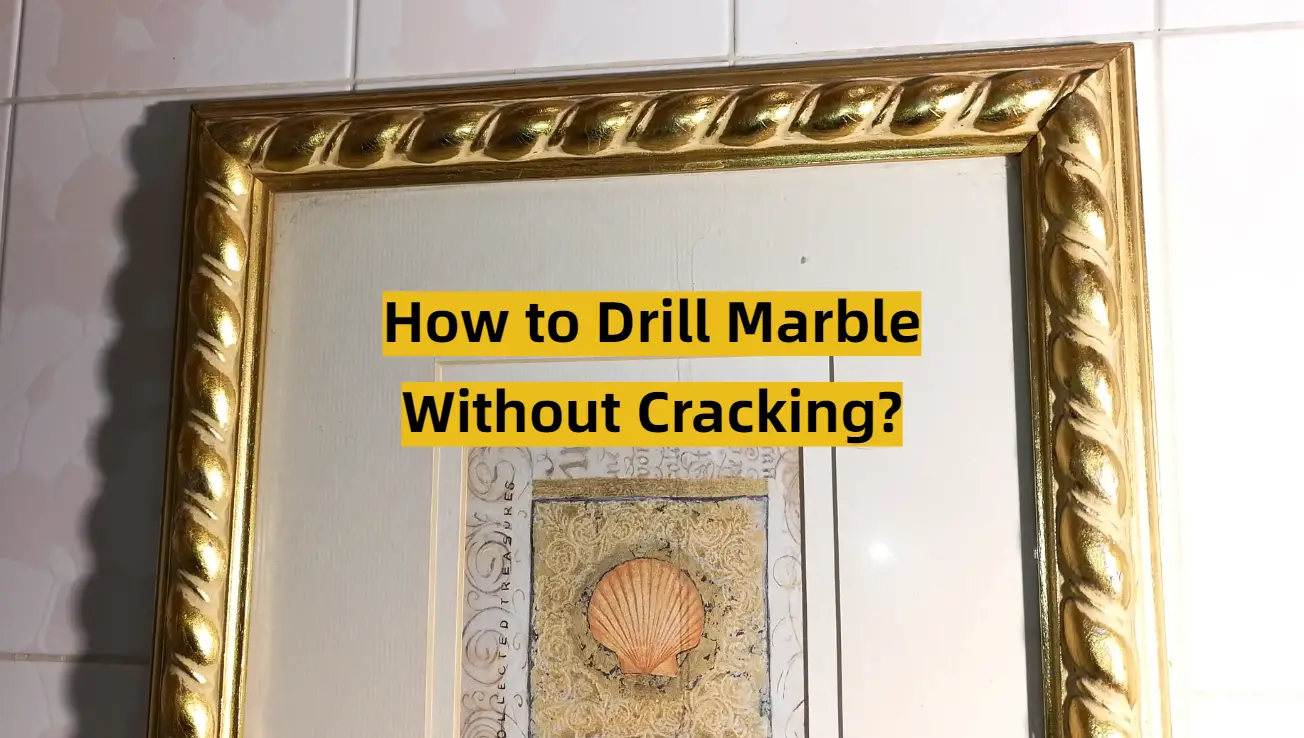






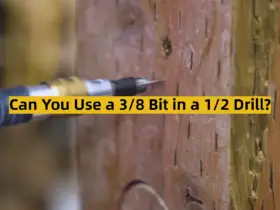
Leave a Reply